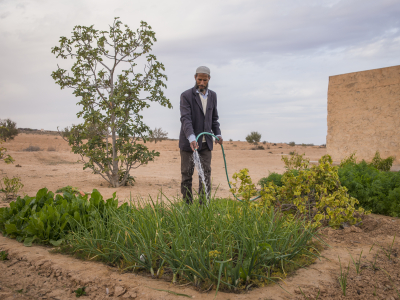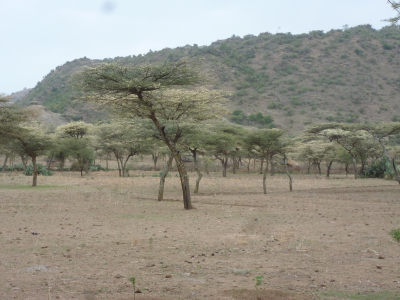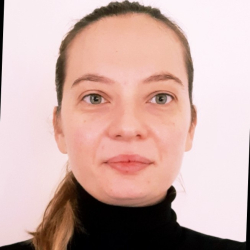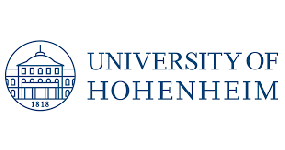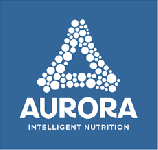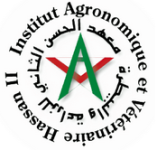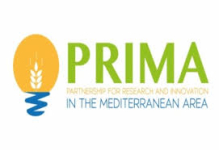Social impact:
1. Engagement and entrepreneurial options for the youth and women → reduce unemployment in < 30-year old group, at least two novel business ideas along the quinoa value chain implemented.
2. Empowerment of women in rural areas → increase of responsible roles for women in farmer cooperatives or as business founders, consultants, facilitators and mediators (role models, educators and multiplicators).
3. Gender balanced organizational concepts → societal and organizational innovations in agroecological cooperatives or municipal settings, more effective, efficient and innovative organizations.
4. Demonstration/ spreading the benefits of quinoa-based agroecological concepts and cropping systems allows preserving cultural heritage and social welfare → subjective and objective wellbeing of smallholders, enhanced food safety and reduced imports of agrochemicals into the Mediterranean.
5. Novel quinoa food products, recipes and nutritional trainings help fight increasing incidence of non-communicable diseases, like food intolerances and obesity → less disease cases triggered by food intolerances, obesity or iron-deficiency, improved community health, performance and wellbeing.
Economic impact:
Smallholders:
•Quinoa’s high gate value (compared with other crops) increases farmer’s income → higher income of farmers at demo sites, more investments of cooperatives for novel equipment, infrastructure, and machines.
•Stable food supply and reliable income through multipurpose quinoa varieties that provide stable yield even in areas with poor soil and extreme climates → food security and sufficient high quality seeding material.
•Introduction of sweet quinoa reducing postharvest processing and waste → reduction of processing costs and side streams
•Introduction of Plantix App and other smart tools increases efficacy of crop/farm management and paves the way for precision farming → foundation for future agricultural systems.
•Usage of leaves and other parts for fodder, mulching or biochar→ additional income / reduced feed and fertilizer purchases.
Entrepreneurs:
•Innovation workshops for stakeholders, online course “Innov8Now” integrated into curricula of participating universities, innovation and stakeholder fora anchored at local/ national level but linked via Arab Quinoa Forum → increased entrepreneurial spirit, more innovation and start-up ideas taken up across the Mediterranean.
•Increased innovation and business options based on new quinoa crop (crop combinations with quinoa) and agrotechniques → novel technology, services (consultancy, monitoring, weed management or alike).
SMEs:
• Participating companies (as partners or stakeholders) extend their product portfolio with gluten-free, bio-based quinoa food products (LINAT Sarl. considers for the first time exporting gluten-free products) → ready for scale-up and introduction into the market
• Innovation and Stakeholder Forum triggers novel ideas for products & services, and links the people to implement them → novel business opportunities for local/ regional value chains support resilience of economic system; export can provide higher revenues
• Restaurants / catering services can offer wider choice for gluten-intolerant people → more variety and service, more customers, higher income
Mediterranean countries:
• Local quinoa value chains → total yield stability, increases food production and income security, reduces dependencies, increases resilience
• Affordable gluten-free food → less health problems reduce costs for health care systems
• Gluten-free food and other high-value product lines (e.g. cosmetics) → novel products for local markets and export
Environmental impact:
1. Quinoa transforms marginal land and salt affected areas from non-productive system to productive one → improved soil quality, higher harvest yield at demo sites of Living Labs
2. Crop diversification reduces negative impacts of mono cultures (water and soil pollution, erosion, biodiversity loss, pests etc.) → increased biodiversity in surrounding ecosystems (e.g. beneficial insects); total yield stability, enhanced agricultural resilience and ecosystem services, usage of marginal lands alleviates pressure on high producing soils
3. Saponins of quinoa potentially bioinsecticide → reduced chemical interventions, better health
4. Spread of agroecological techniques reduces the use and secondary effects of synthetic fertilizers and pesticides in the MED region → ecosystems and ecosystem services to recover
5. Environmental impact/ sustainability of farming systems becomes a criterion for regulations and incentives
Political impact:
1. Q4M will be the leader that brings together Mediterranean countries covering the entire quinoa value chain → intensified exchange of ideas, knowledge and networks will speed up deduction of best practices.
2. Q4M benchmarking and reference sites will help reach the goals of National Action Plans, initiatives and strategies aiming at the protection and improvement of Mediterranean smallholder systems in accordance with environmental goals → Q4M’s recommendations and guidance are taken up as support by regulators and authorities to optimize farming conditions for agroecological systems and their product (e.g. evidence-based policies, incentives, pricing, marketing campaigns; green public procurement).
3. Q4M helps spread guidelines for agroecological approaches, organizational concepts and best practices developed on municipal level → taken up as blue-print by other regions, national authorities and Mediterranean countries.
4. Q4M establishes concepts and thought processes that encourage consumption of goods, food and other products that are produced in a sustainable manner with reduced environmental impacts → change of behaviour at demo sites and spreading via stakeholder network.
5. Q4M results support EU policies and objectives in the context of the EU Green Deal and relevant Horizon Europe Missions and Partnerships, e.g. Mission Soil, EU Green Deal and relevant Horizon Europe Missions and Partnerships) → input for knowledge based-discussion and decision making when it comes to refining Common Agricultural Policy (CAP) of the European Union.
6. Q4M creates intensified and trustful interaction of science with political and societal stakeholders → less obstacles in implementing organizational changes or future follow-up activities.
Scientific/ Technological impact:
1. Next-generation breeding technology in combination with a tailored KPI catalogue specific for traits desired in the Mediterranean taken up by labs from four Mediterranean countries → capacity building.
2. Assay developed and established for efficient selection of abiotic stress tolerant quinoa lines, potentially beneficial also for other crops → uptake by breeders and farmers.
3. Establish 2-3 novel gene markers each for germination and dormancy characterized and associated with above mentioned traits to develop multipurpose quinoa varieties suitable for specific intercropping combinations with greater precision and speed → uptake by other scientists, breeders and farmers.
4. 2-4 novel multipurpose quinoa breeding lines (i) tolerant to scarce and/or salty soils, drought and other abiotic stresses, (ii) with homogeneous and significant seed germination at high salinity and temperature environments (>80% of germination), (iii) with defined seed germination windows dependent on salinity and temperature, (iv) producing seeds with a suitable dormancy degree, avoiding the preharvest sprouting and deep dormancy → uptake by breeders and farmers, seed companies.
5. Standardization of the afterripening storage parameters for quinoa seeds to reach maximum germination vigour → uptake by breeders and farmers, seed companies.
6. Tailored seed composition (carbohydrates, saponins, aminoacids, ions) of selected quinoa lines tolerant to salt and high temperature for 2-3 lines with a high nutritious composition and low saponin content → adopted by farmers to generate sufficient production for affordable gluten-free food product line.
7. Proof of concept for advanced cultivation concepts and crop combinations, e.g. for relay and intercropping or crop rotation → uptake by breeders and farmers, seed companies.
8. At least one affordable novel, gluten-free quinoa product line for those suffering from celiac disease and similar adverse food effects → scale up for commercial production and real markets.
9. Concept for a zero-waste quinoa value chain and its environmental and socioeconomic evaluation (feed, biochar, cosmetics, natural insecticides) and corresponding quinoa processing methodology → uptake by farmers, cooperatives and companies.
10. Generating models for smart prediction of breeding material for further breeding advancement → publication and uptake by other scientists.
11. Evaluation of the allelochemical characteristics of quinoa and buckwheat allows for optimized crop compositions → publication and taken up by other scientists and farmers.
12. Assessment system and recommendations for quinoa as feed supplement → uptake by farmers and livestock smallholders to implement local value chains.
